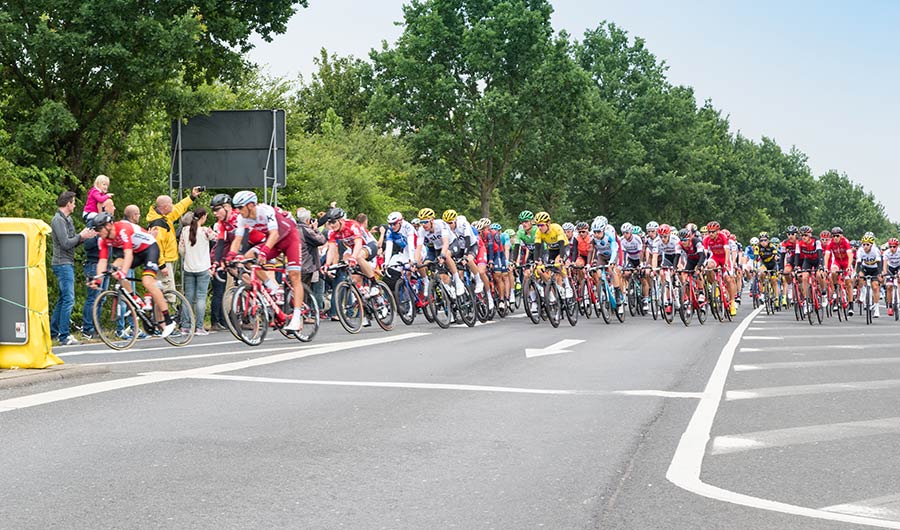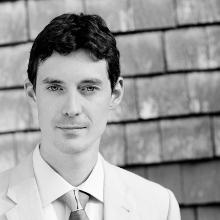Cyclists' Pacing Strategies Should Consider the Wind
(Inside Science) -- As the elite riders of the Tour de France race towards the finish line of the grueling, 21-stage race this weekend, they are looking for any little tactical advantage they can gain over their rivals. New research from a team of sports scientists in Sweden could help them find that edge.
Road cyclists need to adapt their speed and energy expenditure during a race to account for changing conditions such as wind. Previous studies have shown that a cyclist who maintains an even power output, slowing down into a headwind and speeding up with a tailwind while working at the same effort throughout, will lose more time in the headwind segments than they will gain back in the tailwind segments. So the best strategy is to go a bit harder into the wind and then recover at an easier pace when riding with the wind.
David Sundström and Mikael Bäckström, from Mid Sweden University, in Östersund, wanted to create a more detailed model, taking account of the way the body uses different energy sources during exercise and how fatigue affects performance, as well as continually varying wind direction, to see what the optimal strategy would be for long and short road race time trials.
They found that a rider's best strategy always includes varying his or her power output during the race. But the exact nature of that power variation depends on wind and course distance. For short, 2-kilometer courses (1.2 miles), riders should go all-out for the entire race, only losing power as their muscles tire, while on long, 100-kilometer courses (62 miles), they should start with a high-power initial phase to quickly get up to speed, then gradually reduce power over the course of the race, to achieve a positive pacing strategy in which they complete the first half of the race faster than the second half. Wind can have significant effects in long races, so when wind conditions are not constant, power should be varied in parallel with these wind shifts -- riding hard into headwinds and relaxing with tailwinds -- while still having a high power start and an overall decreasing power distribution.
The results of their mathematical models show that by using this optimized strategy in the presence of variable ambient winds, a cyclist could achieve time gains of 4.9 percent on short courses, and 1.4 percent on long courses. That might seem small, said Sundström, but it could make all the difference for high-level athletes. “Tour de France riders compete at a very high level where even marginal gains are considered important to win races,” he said.
David Swain, who studies exercise science at Old Dominion University in Norfolk, Virginia, and was the first to determine the importance of varying power to account for wind 20 years ago, said putting these insights into practice in a race like the Tour de France is complicated by the use of drafting -- riding close behind another cyclist to reduce wind resistance -- and the fact that the riders compete in teams, with some members, known as domestiques, working only for the benefit of their team and leader.
“If a team leader, like Sky’s Chris Froome, puts two or three super-domestiques in front of him, he can let them blow up while he saves himself for a hard effort at the end,” he said. So the kind of fine-tuning of speed and power suggested by Sundström and Bäckström's model would be most effective in the Tour's two individual time trials.
Even then, the strategy is limited by what the body can tolerate in the high-power segments, said Swain. “In long races, it is likely that only a small increase in power over the regular race effort can be sustained in the headwind sections,” he said.
Sundström said his model can help not only elite riders on the grand Tours, but also dedicated leisure athletes who want to improve their performance. He envisions creating a kind of app that monitors a cyclist's power output and GPS position, and uses the model to provide real-time feedback on how to achieve an optimal pace, allowing even amateur cyclists to ride like the professionals.
The researchers published their findings in the Journal of Sports Engineering and Technology.


